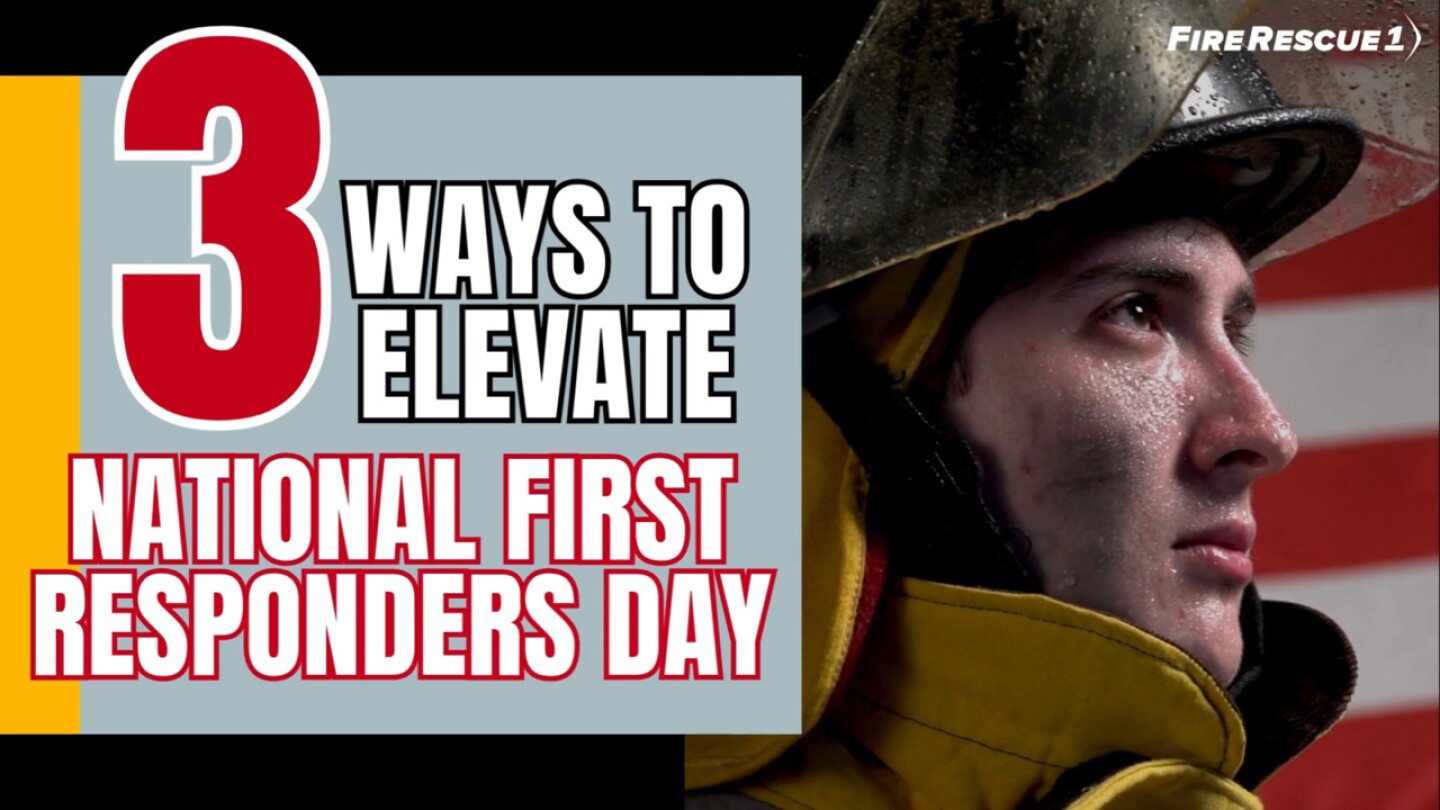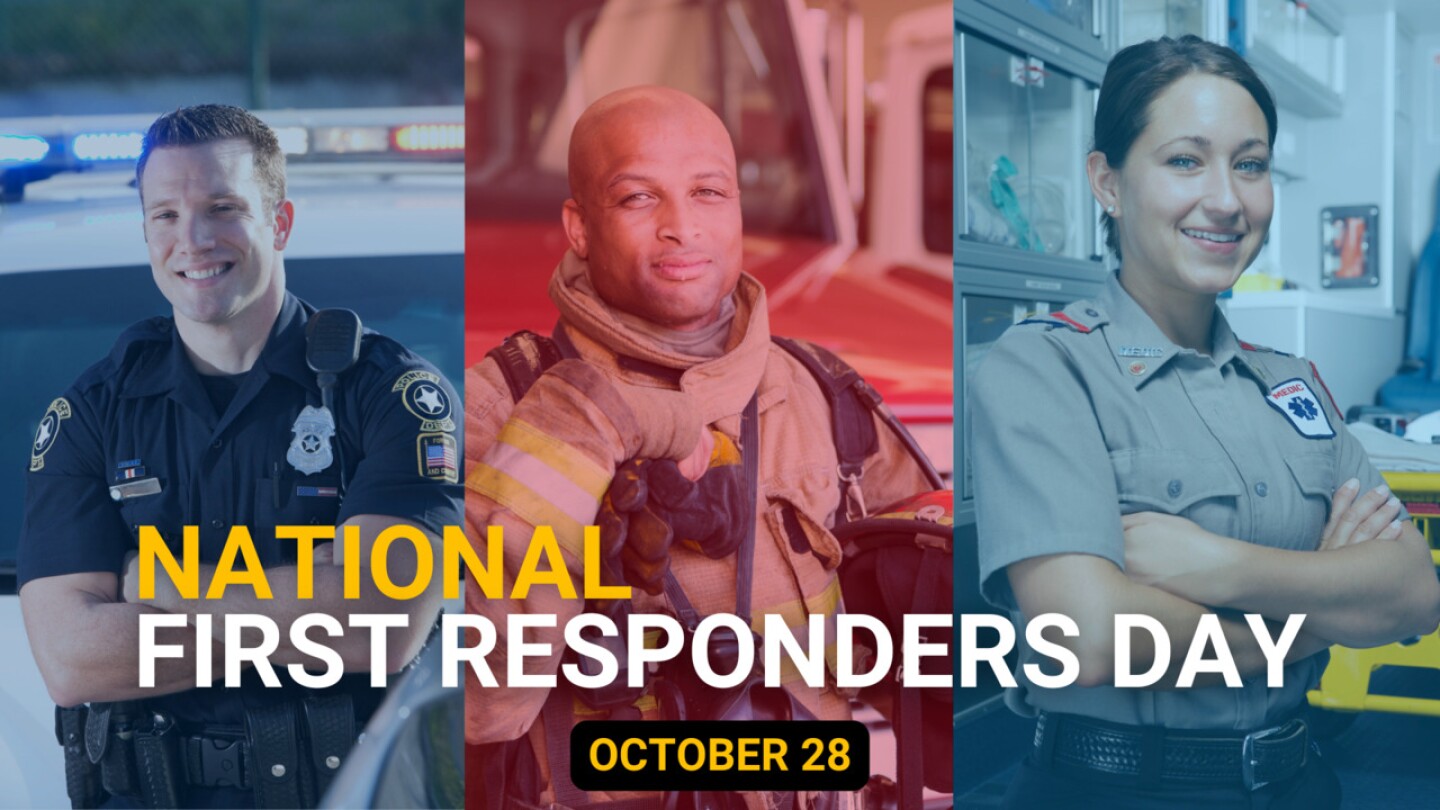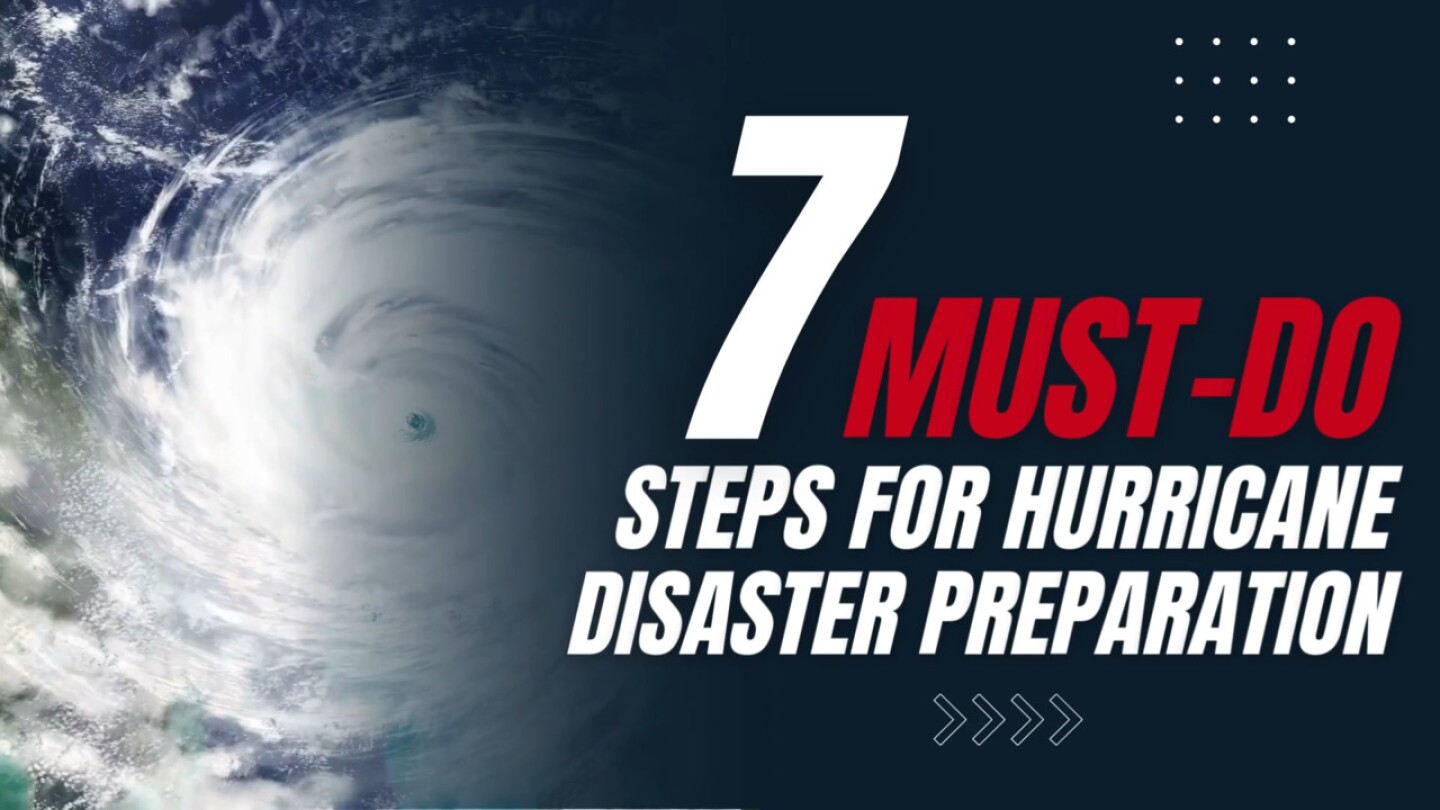Community Risk Reduction
Fire departments are primary advocates for community risk reduction (CRR). While fire prevention, inspections and public education remain integral parts of fire department activities, the CRR concept takes a more holistic approach to improving civilian and firefighter safety.
Use innovative methods, modern technology to educate your community about fire safety
State data show 44 people died in 30 fires last year, down from 2024
A new fire code amendment in Loveland will require defibrillators in newly built or renovated venues with occupancies of 100 or more, aiming to speed bystander response when cardiac arrest strikes
Ahead of Oct. 28, share your organization’s impact with local media outlets and reach out to local companies for support
The high-profile project highlights IBC/NFPA requirements and how past landmark fires shaped today’s assembly occupancy rules
A six-year push for the day of appreciation, inspired by heroism and tragedy, culminated in the designation of Oct. 28 to honor first responders
The festival, hosted by Fire Safe Marin, brought together all local fire agencies, nonprofits and vendors for live-burn demos and practical home-hardening tips
Understanding the impact of AI sycophancy
How to tailor your safety messaging by age group
An investigation into the Gabriel House fire details overdue tests, a sprinkler that didn’t activate, understaffed fire prevention units, no statewide tracking and uneven enforcement
Owensboro second graders learned smoke-detector checks, escape plans and 911 basics, then tried on gear and sprayed hoses during Fire Prevention Week
Whether you need data-driven outreach or just better graphics, AI offers practical ways to strengthen your prevention messages
Review shows extreme hoarding caused one fatal floor collapse and fueled seven fatal fires, underscoring risks as firefighters struggle through debris-filled homes
The West Metro assistant chief offers insights from firefighter sleep research
The ceremony dates back to the days of horse-drawn equipment when members had to push the equipment into the bay
Marketing and safety advocate Peg Paul, longtime champion of home fire sprinklers, has won the 2025 ICC-IAFC Excellence in Fire and Life Safety Award
Fire chiefs must embrace policy advocacy to influence decisions that shape public safety and department operations
From hazard mapping to resource deployment, AI is changing the way agencies prepare for major incidents
Three residents of Gabriel House are suing the facility’s owner and a fire inspection company, claiming unsafe conditions, poor enforcement of smoking policies, and failed fire systems
By digitally mapping building layouts and gathering key site details during on-site visits, Jacksonville Fire Department crews aim to boost response
FEMA is proposing nearly $1 billion in cuts to grant programs that public safety agencies use to strengthen disaster preparedness
5 insidious partner issues to avoid so that patients feel safe in our care
Community trust can erode quickly when firefighters are mistaken for enforcers
Fireworks types, regulations and inspections, plus a simple tip for discouraging backyard displays
Members of the FireRescue1 community share their stories, photos and reflections on this iconic Emmitsburg institution
From this year’s theme to evergreen materials to share with your community, here’s your complete guide to Fire Prevention Week — past, present and future
Sacramento Fire Captain Keith Wade, once a TikTok skeptic, is now on a mission to show fire service leaders how the app’s reach could be the answer to staffing woes
Anchorage officials began dismantling the long-standing Davis Park homeless camp, but the process turned chaotic as fires erupted and some residents resisted leaving the area
Share your wish list with your community via social channels; you may be surprised at the generosity of your fellow citizens!
From gathering necessities to understanding the hazards once the winds have ceased, these seven steps will ensure your community is prepared for a major storm
Time and again, history has shown what happens when fire codes are ignored
Flag code requests we follow specific guidelines when displaying the American flag at our stations and on fire apparatus
Reduce your community’s risk by training citizens how to control bleeding
MOST POPULAR
- How L.A.’s wildfires echo the London Blitz firefighting challenges
- First responders get festive: Halloween highlights from police, fire and EMS departments
- It’s time to fire up your Fire Prevention Week messaging
- The power of distrust in a world of ‘nuisance’ smoke alarms
- Surprise! You could be the next wildland firefighter


































